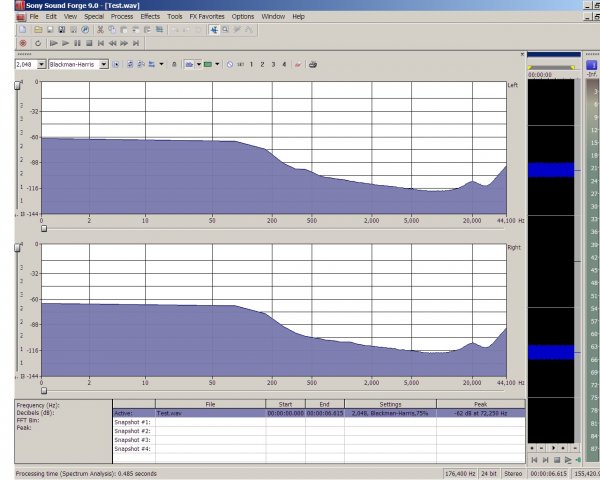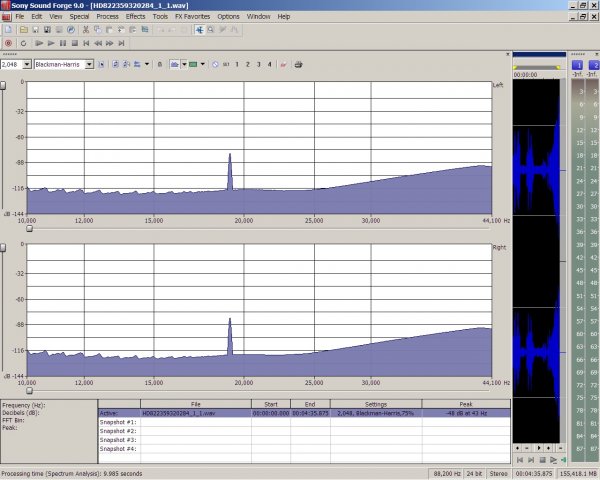But that's the subject of this thread. That, and what specific physical properties of sound digital recording cannot capture.Stereoeditor said:I haven't made any comment on null tests in this thread, Ethan.Ethan Winer said:And why do you think a null test is not proof?
So what? I commented on a posting by Bruce Brown in which he gave some relevant links and I then asked you about the measurement equipment you use. Both on Hydrogen Audio and on this forum, you mention measurements as supporting your arguments, so I was interested in what measurement equipment you actually use. I made no comment of the efficacy or lack thereof of null testing, so your question in message #171 - "And why do you think a null test is not proof?" - is yet another example of you putting words in my mouth.
Of course, but they're still highly useful tools. And they can easily settle the question of, for example, at what level are artifacts no longer audible? If I could afford an AP analyzer, believe me I'd own oneBut these are both software solutions. Their performance will therefore depend on the hardware with which they are used....
So if you don't use something like an Audio Precision to measure amplifiers and digital products, how can you be so sure that your measurements and null tests are good enough to characterize the performance of the devices under test?
[No response from Mr. Winer]What A/D converters do you use, what is their resolution/noisefloor performance, and what calibration have you performed of that hardware?
I'll ask again, Ethan, as perhaps you missed this question. What A/D converters do you use, what is their resolution/noisefloor performance, and what calibration have you performed of that hardware?
John Atkinson
Editor, Stereophile



















